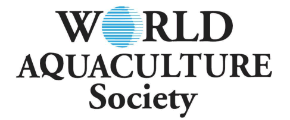CARRYING CAPACITY FOR FINFISH AQUACULTURE, PART II - RAPID ASSESSMENT USING HYDRODYNAMIC AND SEMIANALYTIC SOLUTIONS
Recently, a major project has been completed to examine questions of ecological carrying capacity for finfish aquaculture within Spencer Gulf (South Australia). In this project a coupled hydrodynamic/biogeochemical (NPZD) model was developed and validated against data collected at 5 zones and during 10 field trips for 2010/2011. The relative effects of natural and anthropogenic nutrient inputs were modelled: this included nutrient inputs (based on feed rates) from finfish and at the 600 m scale of the aquaculture leases used in the gulf. The modelled nutrient concentrations vary in both time and space as expected due to the dispersal by ocean currents.
These modelled scenarios have been included in a graphical user interface (GUI) package (CarCap1.0) that has been developed to allow environmental managers to rapidly identify regions within Spencer Gulf where finfish aquaculture might be introduced or increased/decreased in scale. The user can examine concentrations at the scale of the gulf, region or lease and in time. Comparisons may be readily made with maximum values cP that have been determined elsewhere to ensure environmental health (e.g., ANZECC/ARMCANZ 2000).
These results are augmented by mathematical solutions for flushing at the scale of the lease, cage or zone and which allow rapid assessment of carrying capacity for new sites. These solutions also enable the user to rapidly estimate the maximum feed rate (and biomass) and choose sites that will maximise allowable feed rates (and biomass) so as to optimse financial return to the lease holder. CarCap1.0 can also be used to assist in estimating impacts of any nutrient source including waste water and industrial outfalls.













